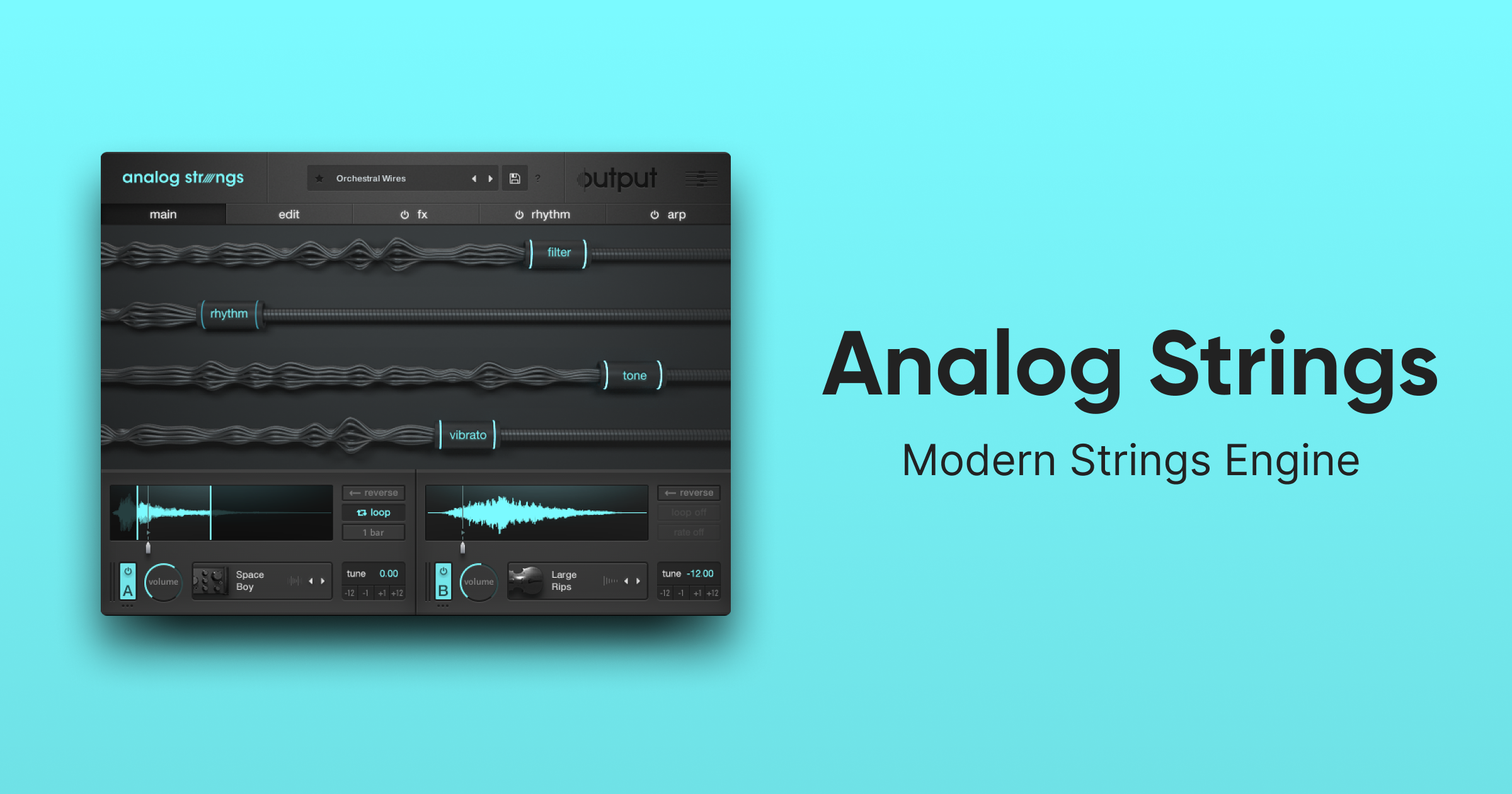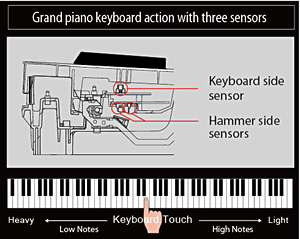
TheĪdvanced button sets the list to a high level of ad blocking and medium level of The Mediumīutton sets the list to a medium level of other features and a low level set of privacy features. Subsequently there will be less of a chance for accidental problems. Which will activate ad blocking and a minimal set of Privoxy's features, and The Cautious button changes the actions list to low/safe settings The Edit button allows you to turn each action on/off individually forįine-tuning. Problems such as sites not working as they should. The more aggressive the settings, then the more likelihood there is of New users should try this for a while before adjusting Influence on your browsing unless you select them explicitly in the editor. These have increasing levels of aggressiveness and have no This file will not be upgraded.Įdit Set to Cautious Set to Medium Set to Advanced

As anĮxample, if your ISP or your bank has specific requirements, and need special handling, this kind of thing User.action - is intended to be for local site preferences and exceptions. It should be the second actions file loaded. This file is only supposed to be edited by theĭevelopers. That should work reasonably well as-is for most users.

It should be the first actions file loadedĭefault.action - defines many exceptions (both positive and negative) from theĭefault set of actions that's configured in match-all.action. Relating to banner-blocking, images, pop-ups, content modification, cookie handling etc should be applied byĭefault. Match-all.action - is used to define which "actions" There are three action files included with Privoxy with differing purposes: Actions can be combined so that their effects are aggregated when applied against a given set of These actions give us a veritable arsenal of tools with which to exert our control, preferences and Each action does something a littleĭifferent. There are a number of such actions, with a wide range of functionality. Various other aspects of HTTP content and transactions are handled, and on which sites (or even parts thereof). This trigger definition subscribes to the Office 365 Outlook API, provides a callback URL to the API endpoint, and waits for the endpoint to respond when a new email arrives.The actions files are used to define what actions Privoxy takes for which URLs, and thus determines how ad images, cookies and For more information, see Operation options. To change the default limit, see Change waiting runs limit.įor triggers that return arrays, this expression references the array to use so that you can create and run a workflow instance for each array item, rather than use a "for each" loop.įor example, this expression represents an item in the array returned within the trigger's body content: can change the default behavior by setting the operationOptions property. When your workflow is already running the maximum number of instances, which you can change based on the property, any new runs are put into this queue up to the default limit. To change this limit by setting a new value, see Change trigger concurrency.

Triggers have these top-level elements, although some are optional: "": object adds ?api-version= to the call.īy default, workflow instances run at the same time (concurrently or in parallel) up to the default limit. The trigger then waits for the endpoint's response before firing. Here are the general trigger categories:Ī polling trigger, which checks a service's endpoint at regular intervalsĪ push trigger, which creates a subscription to an endpoint and provides a callback URL so the endpoint can notify the trigger when the specified event happens or data is available. To find specific connector triggers and actions that you can use in your logic apps, see the list under the Connectors overview.Įvery workflow includes a trigger, which defines the calls that instantiate and start the workflow.

This reference describes the general types used for identifying triggers and actions in your logic app's underlying workflow definition, which is described and validated by the Workflow Definition Language.


 0 kommentar(er)
0 kommentar(er)
